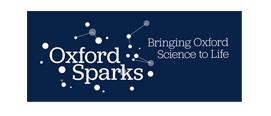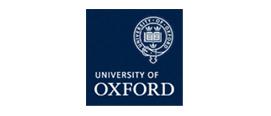- View more resources from this publisher
 Oxford Sparks
Oxford Sparks - View more resources from this publisher
 University of Oxford
University of Oxford
Particle detectives
In this lesson, students explore how physicists are collecting and using evidence from the Large Hadron Collider (LHC) to learn more about the origins of the Universe. They begin by watching an animation set in the LHC, and learn that physicists are using the LHC to try to recreate the conditions immediately after the Big Bang.
Which particles are each detector designed to detect? Which theories are physicists testing? To conclude, students discuss some important questions, including the role of international collaboration in science, and what happens if newly-collected data does not agree with established theory.
Learning Outcomes
-
Students understand that physicists are trying to learn more about how the universe started.
-
Students understand that physicists do this by trying to recreate the conditions immediately after the Big Bang, examine the data thus produced and then refine our models of the universe and the Big Bang.
Show health and safety information
Please be aware that resources have been published on the website in the form that they were originally supplied. This means that procedures reflect general practice and standards applicable at the time resources were produced and cannot be assumed to be acceptable today. Website users are fully responsible for ensuring that any activity, including practical work, which they carry out is in accordance with current regulations related to health and safety and that an appropriate risk assessment has been carried out.




